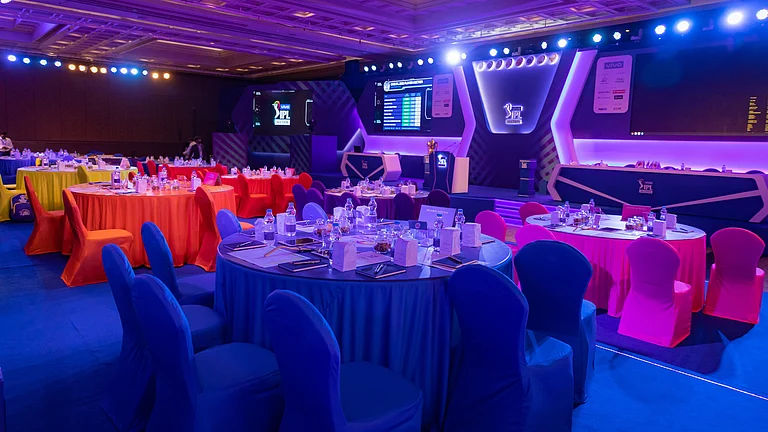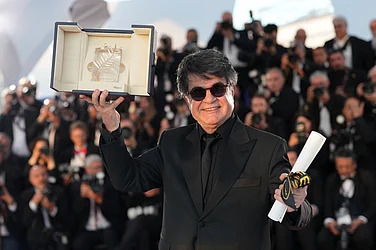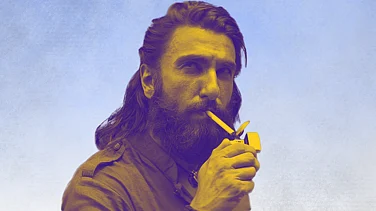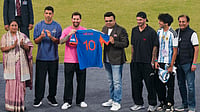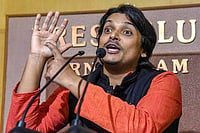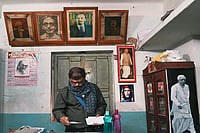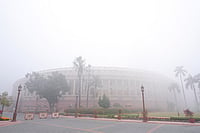- Meena Kumari makes a brief appearance singing Aaja ri aa nindiya tu aa
- Bimal Roy was sceptical about casting Balraj Sahni. He thought Sahni was too educated and westernised for the role.
- Nirupa Roy actually wept for her scenes. "This is the first film I didn’t use glycerine for tears," she had said.
- The film is based on a short story by Salil Chowdhury, Rickshaw-wallah. Chowdhury agreed to Roy taking his idea, but on the condition that he would score the music.
- Dharti kahe pukar ke, Bollywood’s ultimate peasant song, is derived from the Soviet Red Army’s marching tune!
Shambhu (Sahni) needs to repay the zamindar’s debt to reclaim his two acres of land. Unable to break the cycle of penury in the village, he with son Kanahiyya (Ratan Kumar) moves to Calcutta where he becomes a rickshaw-puller. But the disillusionment gets worse, the hardships more epic. The film closes with the death of his wife Paro (Nirupa Roy) and Shambhu finally deciding to return home, only to find a factory has come up on his treasured piece of land.
Do Bigha is best remembered for Sahni’s superlative, naturalistic essay—he lived the life of a Calcutta rickshaw-wallah to prepare for his role. The thematic essence of the film is captured in the unforgettable rickshaw-against-horse-carriage sequence. Its impact owes much to Hrishikesh Mukherjee’s "shock-cut" editing techniques. The race is emblematic of how the city reduces a hard-working villager to the status of an animal. Jagdeep, a child artist then, is a shoeshine boy who keeps humming Awara hoon—Roy’s assertion that cinema could be a possible escape from the drudgery of diminished lives.









